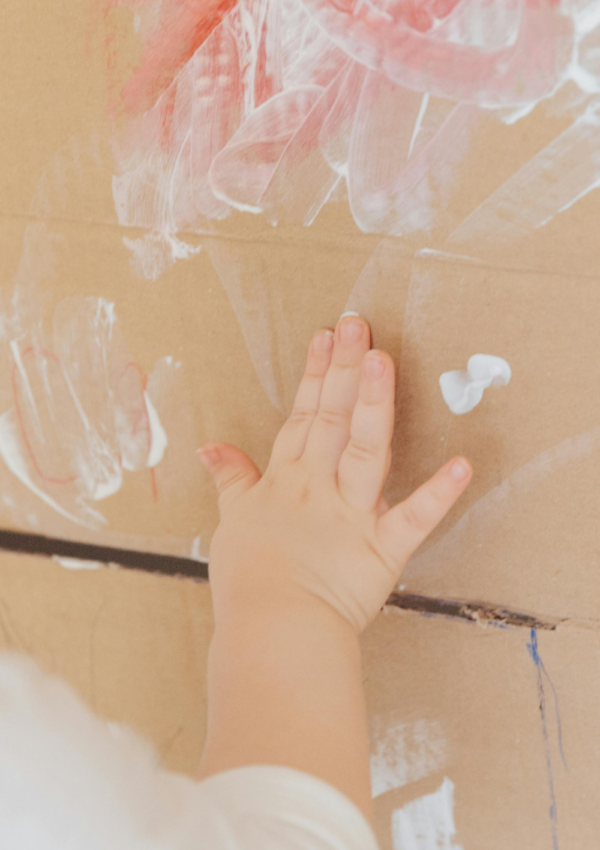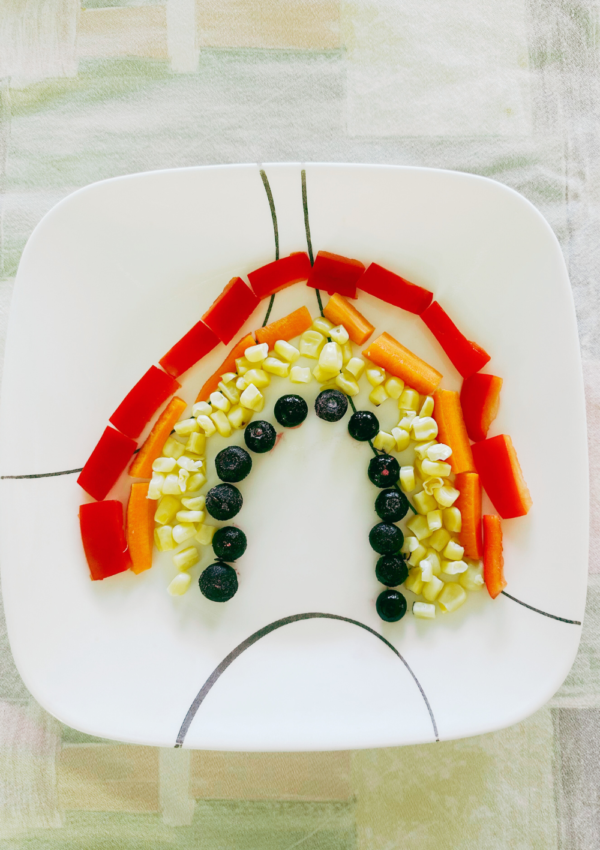Do you think “toddler” equals “tantrum”? This blog post is for you.
DISCLOSURE This post may contain affiliate links, meaning if you decide to make a purchase via my links, I will earn a commission at no extra cost to you. As an Amazon Associate I earn from qualifying purchases. Thank you for your support.
Disclaimer: The information provided in this blog post is for educational purposes only and should not be used as a substitute for professional medical advice, diagnosis, or treatment. Always seek the guidance of your pediatrician or qualified healthcare provider with any questions you may have regarding your child’s health. If you think your child may have a medical emergency, call your doctor or emergency services immediately. Read our full Medical Disclaimer here.
As you stroll through the supermarket aisles with your shopping cart, a tantrum tornado appears out of nowhere. Suddenly, your darling toddler becomes a tornado of yelling protests, sobs, and flailing limbs—the epitome of the epic meltdown. As onlookers stare, you frantically try to defuse the spiralling whirlwind of destruction that is surrounding your once-silent child.
You might also like to check out our post on promoting healthy behaviors in your toddler.
While tantrums are undoubtedly difficult for both kids and adults who care for them during tumultuous times, they are also developmentally typical responses that emerge for toddlers between the ages of one and four. Controlling intense emotional outbursts is extremely difficult for young children who are still learning self-control. To assist toddlers develop coping mechanisms, experts advise responding with gentle coaching techniques that diffuse tantrum storms rather than stigmatizing meltdowns or closely examining public opinion.
1. Understanding Triggers for a Toddler Tantrum
Tantrums, which usually indicate an unmet need for calling out for aid, often strike like lightning when a child is exhausted, hungry, overstimulated, or transitioning between activities. Gain an advantage by observing trends and noting typical tantrum settings and times. By being consistent, you’ll be able to spot impending storms before they happen and take precautionary measures like eating snacks or rearranging your schedule to prioritize their needs.
A child who skips a nap (for a day or two) will most likely have less patience to deal with frustrations, as little as they may seem to you. It’s your job as a parent to read the cause of the tantrum and try your best to change what is necessary to prioritize your toddler’s basic needs.

2. Stay Calm During a Toddler Tantrum
When your child is experiencing emotional dysregulation, their body releases natural fight-or-flight instincts. Adults’ harsh reactions or physical constraints typically make meltdowns worse. You may better model self-control while avoiding fanning the flames if you maintain an exterior state of serenity and regulation. Take deep breaths.
Remember, you are an adult. Your behavior teaches your toddler how to deal with life’s frustrations. Kids imitate behavior more than do what you say.

3. Acknowledge Feelings During a Toddler Tantrum
Once you’ve gained some composure, confirm in a quiet, low voice how much you understand their anger, sadness, disappointment, or frustration. It’s not necessary to agree with the causes of tantrums, but acknowledging toddlers’ feelings with empathy makes them feel heard and understood. Storms can be allowed to pass naturally if defensiveness is avoided while remaining neutral.

4. Utilize Hugs
When the time is right, cradling or tightly hugging might help calm restless small bodies that are overflowing with emotion. Hugs with deep pressure assist in correctly misaligned neurological systems that cause stress reactions in toddlers’ brains and nervous systems, calming their heart rates and giving them a comforting sense of security.
If your child’s love language is touch, hugging will have a powerful effect. When hugging, always try to be the last one to let go. This will guarantee that their little “cups” of love get filled. Read more on this topic by checking the book from Gary Chapman The 5 Love Languages of Children: The Secret to Loving Children Effectively.
5. Introducing Diversions
Although not always the best strategy, sometimes diversions can be used to bring peace back. If it makes sense at the height of a tantrum, carefully divert the toddler’s intensely focused attention to a novel, alternate source of engagement. Start playing games he/she likes or put on goofy music, then tap body parts to yell out labels and channel your rage toward new experiences. Make sure the distraction catches involvement to the fullest.

6. Reinforce Skills Later
After tantrums, at the calmest moments, practice coping mechanisms such as belly breathing, calming language, short walks away, or efficient verbal communication of demands. Write scripts congratulating them on their decision to regulate, such as “You got so upset but then asked for a hug – that worked!” Eventually, perseverance pays off.

7. Grant Grace
Remember that it takes years to master complex neurological storm systems; before skills anchor, networks of brain connections must consolidate. Steer clear of scolding or humiliating tantrum-throwing actions, since they will only fuel animosity. Reset, consider any personal triggers that require correction, and then extend grace, understanding that each situation offers priceless learning experience for all parties.

Conclusion
This post was all about toddler tantrums. Even though it can be emotionally taxing at the time, it’s important to regard tantrums as cyclical systemic processes that are learning opportunities for everyone. Every storm will pass eventually as strengthening of emotional management skills occurs. Continue on knowing that little by little, your toddler will learn to manage life’s waters with composure. Just be consistent as a parent. You got this!








Leave a Reply